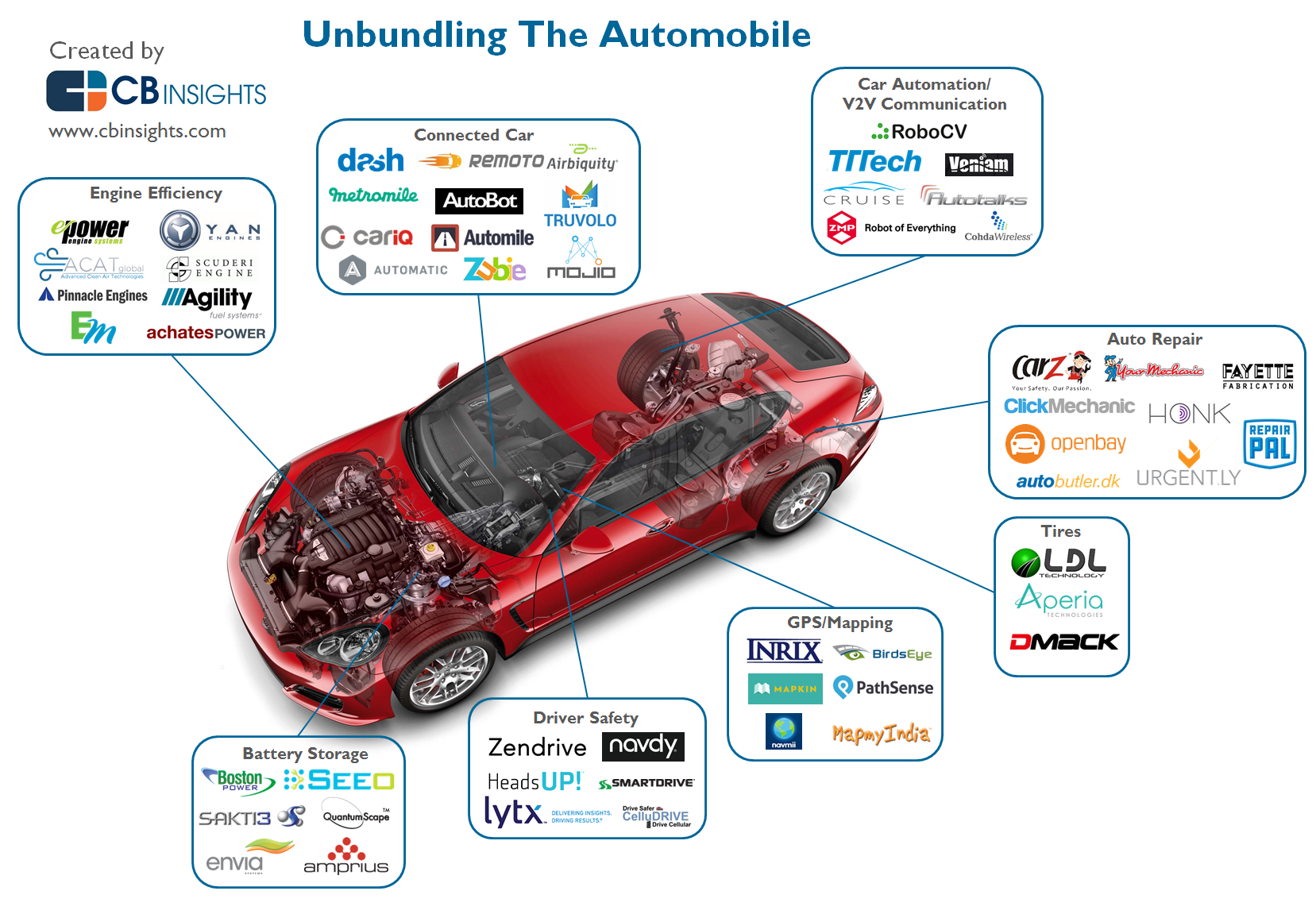Understanding Your Auto'S Warning Lights: What Do They Truly Mean?
Understanding Your Auto'S Warning Lights: What Do They Truly Mean?
Blog Article
Write-Up By-Cheng Ferguson
When you lag the wheel, those radiant caution lights on your dashboard can be a bit difficult. Do you recognize what they're attempting to inform you about your car's health? Recognizing the value of these lights is essential for your safety and the longevity of your vehicle. So, the following time one of those lights turns up, would not you wish to understand its message properly and take the necessary steps to address it?
Common Warning Lighting and Interpretations
Identify typical caution lights in your car and recognize their definitions to guarantee secure driving.
One of the most typical warning lights include the check engine light, which signifies concerns with the engine or discharges system. If this light begins, it's essential to have your lorry examined quickly.
The oil stress cautioning light shows reduced oil pressure, needing instant attention to avoid engine damage.
airplane mechanic salary blinking battery light may suggest a faulty billing system, potentially leaving you stranded otherwise dealt with.
The tire stress surveillance system (TPMS) light signals you to reduced tire pressure, affecting vehicle security and fuel effectiveness. Overlooking this could result in unsafe driving problems.
The abdominal light shows an issue with the anti-lock braking system, compromising your ability to stop swiftly in emergencies.
Finally, the coolant temperature level alerting light warns of engine overheating, which can lead to extreme damages if not fixed quickly.
Comprehending these common caution lights will help you address problems promptly and keep secure driving problems.
Relevance of Prompt Focus
Comprehending the common caution lights in your car is just the primary step; the relevance of immediately attending to these warnings can't be emphasized enough to guarantee your safety on the road.
When a caution light brightens on your dashboard, it's your vehicle's way of connecting a potential problem that requires focus. Overlooking these warnings can bring about more severe problems later on, endangering your safety and possibly costing you extra in repairs.
Prompt interest to cautioning lights can avoid break downs and accidents. For instance, a flashing check engine light can show a misfire that, if left neglected, could cause damage to the catalytic converter. Addressing this quickly can conserve you from an expensive repair service.
Likewise, a brake system warning light may signify low brake fluid or worn brake pads, crucial elements for your safety when driving.
Do It Yourself Troubleshooting Tips
If you discover a warning light on your control panel, there are a few DIY fixing ideas you can try prior to seeking expert assistance.
The initial step is to consult your car's manual to understand what the particular caution light indicates. Occasionally the issue can be as simple as a loose gas cap activating the check engine light. Tightening the gas cap may resolve the trouble.
One more usual concern is a low battery, which can cause different alerting lights. Examining the battery links for deterioration and guaranteeing they're safe and secure could take care of the trouble.
If a caution light continues, you can try resetting it by detaching the car's battery for a couple of mins and afterwards reconnecting it. In addition, checking your vehicle's liquid levels, such as oil, coolant, and brake fluid, can help troubleshoot warning lights related to these systems.
Conclusion
In conclusion, comprehending your vehicle's caution lights is crucial for maintaining your automobile running smoothly and safely. By without delay addressing these signals and knowing what they imply, you can avoid expensive repairs and possible breakdowns.
Remember to consult your cars and truck's guidebook for specific information on each advising light and act accordingly to ensure a hassle-free driving experience.
Remain informed, remain secure on the road!
